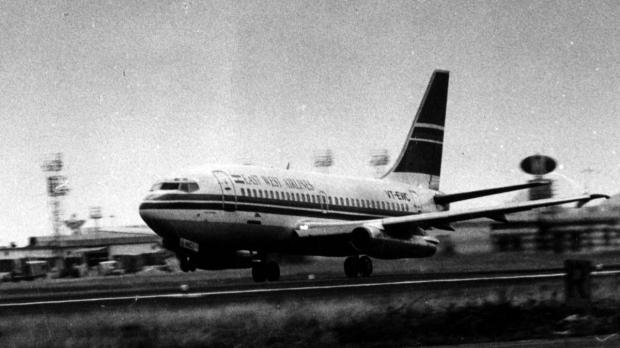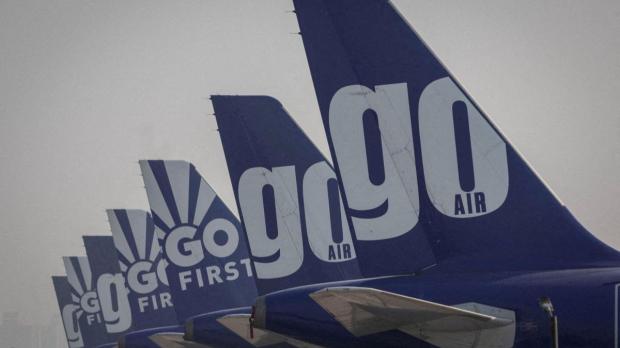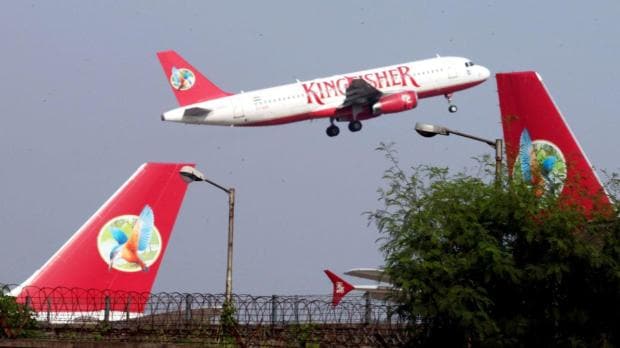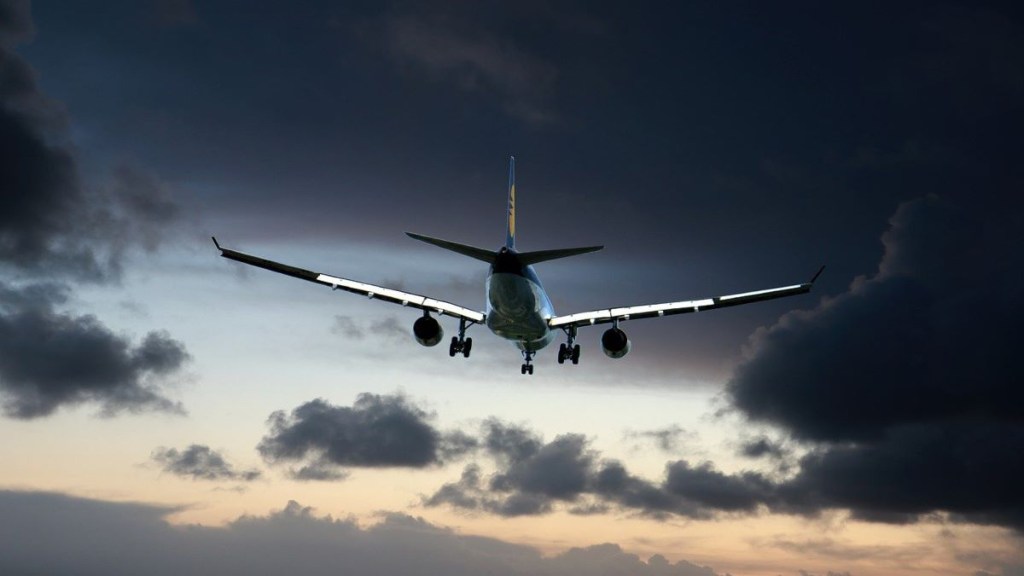The month of April started on a sour note for Vistara airlines. The frustration that was brewing for a long time among the airlines’ pilots, became more evident to the passengers scheduled to fly with Vistara on Monday (April 1) when nearly 80 of the scheduled daily 300 flights were cancelled, and 90 were delayed. The next day again saw more than 50 cancellations, and several delays. “We have had a significant number of flight cancellations and delays in the past few days due to various reasons including crew unavailability,” a Vistara spokesperson said.
The issue stems from Vistara’s revamped compensation scheme, a pre-merger initiative aligning pay scales with Air India. Introduced in February, the new structure guarantees pay for 40 flying hours monthly, down from 70 flying hours. First officers worry this will significantly slash their earnings. However, recent developments offer hope. Vistara CEO Vinod Kannan and senior executives convened a virtual session with pilots, pledging improved rostering and addressing concerns about the impending merger with Air India. The engagement helped in potentially mitigating anxieties among pilots and assured a smoother transition amidst the merger.
While the dust seems to be settling in Vistara quarters, not all is well with the other civil aviation players – the sector has hit turbulence. Notably, the issues that several Indian airlines are currently facing are not new problems. The sector’s past has a lot to tell. We take a look:
Dawn of private aviation players
Until the 1990s, India’s aviation sector was a “national monopoly”. “Policy changes came in the 1990s — and liberalisation and economic reforms gave the private aviation industry new wings of hope,” The Indian Express explained in a report. Come 1992, the government implemented an Open Skies policy, easing regulations to expand the commercial aviation sector. This facilitated the emergence of private airlines like ModiLuft, Damania Airways, Air Sahara, and East-West Airlines. However, many of these newcomers either collapsed shortly after or underwent mergers within the following decade.

Among all the other airlines that came and went during that time, Jet Airways stood firm and was one of the first private airlines in newly liberalised India.
The rise and fall of Jet Airways
The ascent of Jet Airways represented a remarkable feat for its founder, Naresh Goyal, a former travel agent. Despite numerous policy shifts and leadership changes, Jet endured for over 25 years, a testament to Goyal’s entrepreneurial spirit. However, the company’s fortunes took a downturn after its acquisition of Air Sahara in 2007.
The $500 million all-cash deal strained Jet’s financial health, with JetLite, the rebranded Air Sahara, further burdening its resources. Analysts widely attribute Jet Airways’ subsequent decline to the financial strain caused by this acquisition. By 2015, Jet Airways had written off its entire investment in JetLite, underscoring the adverse impact of the deal on the airline’s financial stability.

In his book ‘The Custodian of Trust’, former SBI chairman Rajnish Kumar wrote about an instance that pointed out that Jet Airways was in troubled waters. “In the middle of 2019, Naresh Goyal and one of the topmost investment bankers hired by Jet Airways reached out to SBI for sanction of additional loans. The loans were to be secured by the pledge of shares of JP Miles, a frequent flyer programme being offered by the airline but which was managed by a separate company that Jet jointly owned with Etihad Airways. The valuation being talked about for this financial deal was in excess of US$1 billion…It was obvious that Jet was facing shortage of working capital funds.” The company had to eventually shut shop later that year. The airline operated its last flight in April 2019. Goyal, who has been accused of siphoning off the airline’s funds, is currently in jail and fighting a legal battle against the investigating agencies.
Case of Go First
Formerly known as GoAir, Go First held a significant market share of nearly 7% in India as of March 2023, with a daily passenger count of almost 29,000 and an operational fleet of over 200 flights, as per data from the civil aviation regulator Directorate General of Civil Aviation (DGCA).
However, the airline faced a dramatic downturn when it reported financial strain due to the grounding of 25 Airbus A320neo aircraft. These groundings were attributed to engine failures in Pratt & Whitney engines, leading to disruptions in cash flow. Go First accused Pratt & Whitney of breaching contractual agreements and disregarding a March emergency arbitration ruling. Pratt & Whitney refuted these claims, asserting compliance with the arbitration order while alleging Go First’s history of financial delinquency.

Yet, warning signs of impending crisis were evident well before the situation escalated. Persistent issues such as delayed salary payments, high employee turnover rates and recurrent delays in the company’s plans for public listing hinted at underlying organisational challenges. Hence, when Go First, headquartered in Mumbai, filed for voluntary insolvency resolution with the National Company Law Tribunal in Delhi on May 2 last year, it didn’t come as a surprise to industry observers, underscoring the airline’s gradual descent into financial distress.
Journey of Kingfisher Airlines
Launched in 2005 by the charismatic business magnate Vijay Mallya, Kingfisher Airlines embarked on a mission to revolutionise aviation in India by offering a premium, luxurious travel experience that set it apart from its competitors. Initially, the airline enjoyed success, reflecting the aspirations of a rapidly liberalising India and garnering praise from passengers, employees, and industry observers alike.
By 2011, Kingfisher Airlines had secured the second-largest share of India’s domestic aviation market and boasted an international network extending to destinations like London and Hong Kong. However, within a mere year, the airline ceased its operations.

On the surface, Kingfisher Airlines appeared to be ticking all the right boxes. Its fleet comprised modern, comfortable aircraft; onboard services included decent dining options, inflight entertainment, and first-class amenities; and premium passengers were offered satisfactory lounge facilities. Yet, despite these apparent strengths, the airline consistently operated at a loss throughout its brief existence.
The mounting debt became an insurmountable obstacle, exacerbated by the leadership’s failure to address the financial crisis effectively. Despite operating an extensive fleet of 69 aircraft at its peak, including Airbus A320s, ATR 42s and 72s, and Airbus A330s, the airline’s ambitious plans for expansion and fleet acquisition only exacerbated its financial woes.
The global financial crisis of 2008 further compounded Kingfisher’s troubles, leading to a significant downsizing of its fleet by 2010. As the airline began hemorrhaging money, missed payments to employees and creditors became commonplace, prompting Mallya to inject personal funds to stave off collapse.
Efforts to secure a rescue investor proved futile, hindered by regulatory restrictions prohibiting foreign airlines from investing in Indian carriers. Eventually, on October 20, 2012, the DGCA revoked Kingfisher Airlines’ operating license, marking the ignominious end of a once-promising venture.
